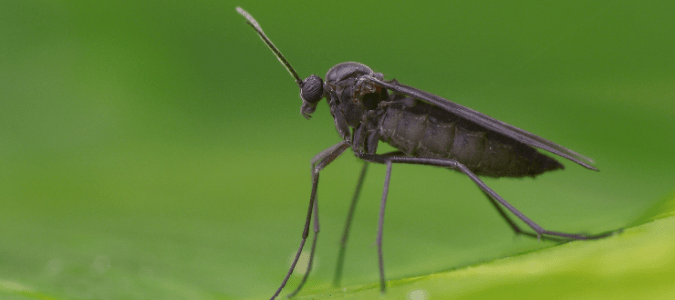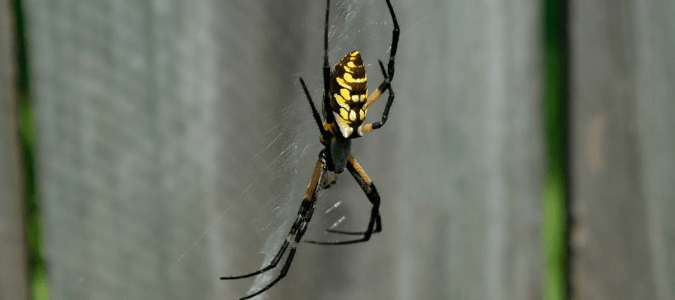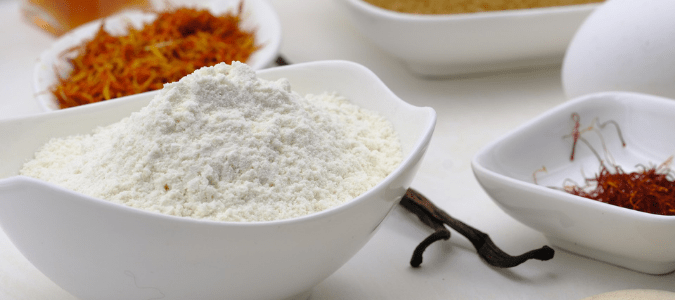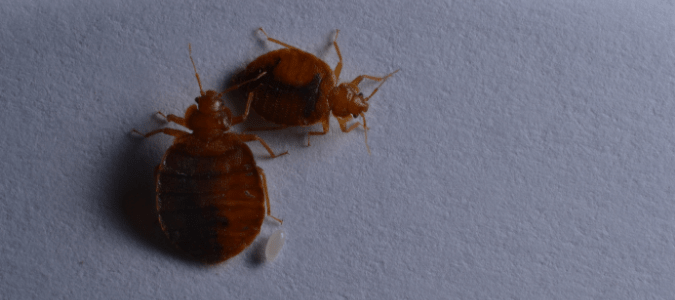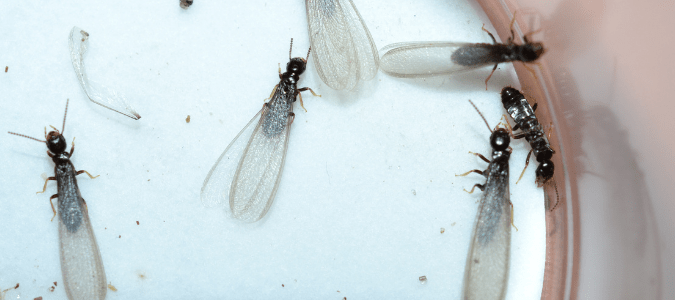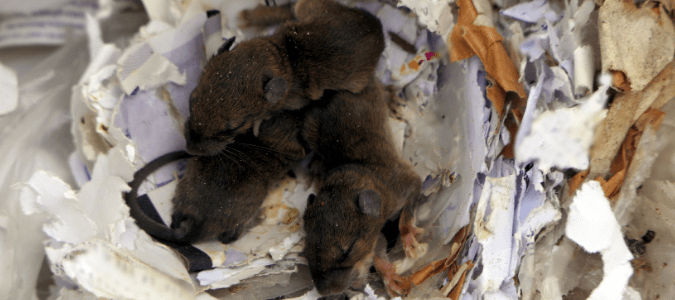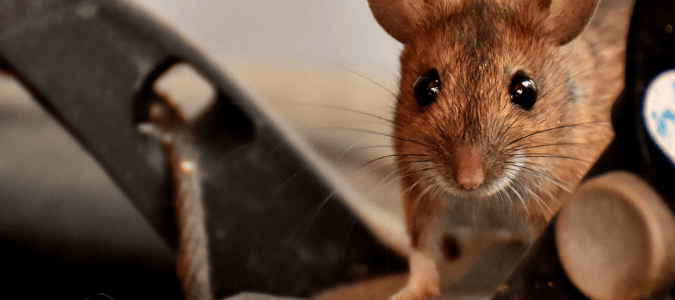Southern House Spider: Identification Tips
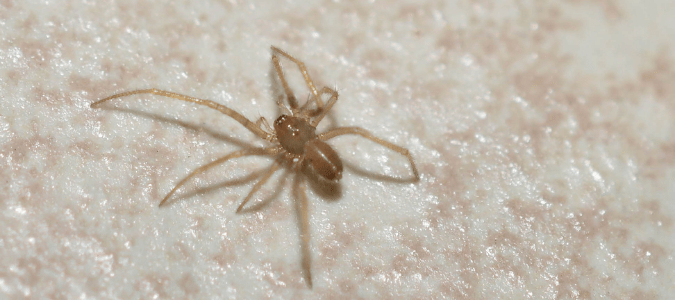
There are more than 45,000 different kinds of spiders that live in areas across the world. Fortunately, most of the spiders in the U.S. are not dangerous to humans.
One common spider in this part of the world is the southern house spider (Kukulcania hibernalis). This spider is sometimes also referred to as a southern crevice spider. As their name implies, these spiders live in Texas, Florida and other southern states. They are typically found in a variety of manmade structures, including houses, bridges and barns. They like to live in dark, sheltered spaces of a structure, such as in the crevices of windowsills and overhangs of a home.
Identifying Male Versus Female Southern House Spiders
Interestingly, male and female southern house spiders look very different from one another. The females are about half an inch to three-quarters of an inch long. Females are a charcoal gray color with dark patches. The end … Read Full Post »

